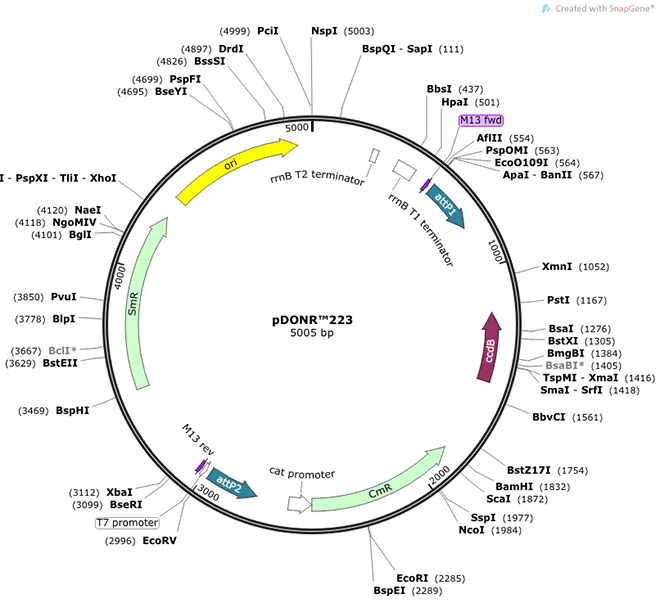This gene generates several transcript variants which differ in their first exons. At least three alternatively spliced variants encoding distinct proteins have been reported, two of which encode structurally related isoforms known to function as inhibitors of CDK4 kinase. The remaining transcript includes an alternate first exon located 20 Kb upstream of the remainder of the gene; this transcript contains an alternate open reading frame (ARF) that specifies a protein which is structurally unrelated to the products of the other variants. This ARF product functions as a stabilizer of the tumor suppressor protein p53 as it can interact with, and sequester, the E3 ubiquitin-protein ligase MDM2, a protein responsible for the degradation of p53. In spite of the structural and functional differences, the CDK inhibitor isoforms and the ARF product encoded by this gene, through the regulatory roles of CDK4 and p53 in cell cycle G1 progression, share a common functionality in cell cycle G1 control. This gene is frequently mutated or deleted in a wide variety of tumors, and is known to be an important tumor suppressor gene. [provided by RefSeq, Sep 2012]
人 CDKN2A (NM_058195) cDNA克隆
| Accession: | NM_058195 |
|---|---|
| 基因名称: | CDKN2A |
| 基因别名: | ARF; MLM; P14; P16; P19; CMM2; INK4; MTS1; TP16; CDK4I; CDKN2; INK4A; MTS-1; P14ARF; P19ARF; P16INK4; P16INK4A; P16-INK4A |
| 基因描述: | Homo sapiens cyclin-dependent kinase inhibitor 2A (CDKN2A), transcript variant 4, mRNA. |
| 种属: | Human |
| CDS区长度: | 399 (查看编码区序列) |
| 翻译后氨基酸长度: | 132 (查看氨基酸序列) |
| Transcript Variant: | This variant (4), also known as beta, encodes isoform p14ARF. Transcripts 1 and 4, encoding p16INK4a and p14ARF have distinct first exons which contain the translation start codon, and share a common second exon, which is translated in different reading frames. Thus, the p16INK4a protein encoded by this variant (1) lacks sequence similarity to the protein product of variant 4 (p14ARF). Note that this variant may use an alternative upstream start codon, which would produce an isoform that is 41 aa longer at the N-terminus, or an alternative downstream start codon, which would produce an isoform (smARF, described in PMID:16713577) that is 47 aa shorter at the N-terminus; it is unclear if the isoforms derived from the alternative start codons are present in vivo. The p14ARF isoform is known to be nucleoplasmic but may also be recruited to mitochondria, as described in PMID:20107316. |
| 人 CDKN2A (NM_000077) cDNA克隆 | transcript variant 1 |
| 人 CDKN2A (NM_058197) cDNA克隆 | transcript variant 3 |
| 人 CDKN2A (NM_058195) cDNA克隆 | transcript variant 4 |
| 人 CDKN2A (NM_001195132) cDNA克隆 | transcript variant 5 |


